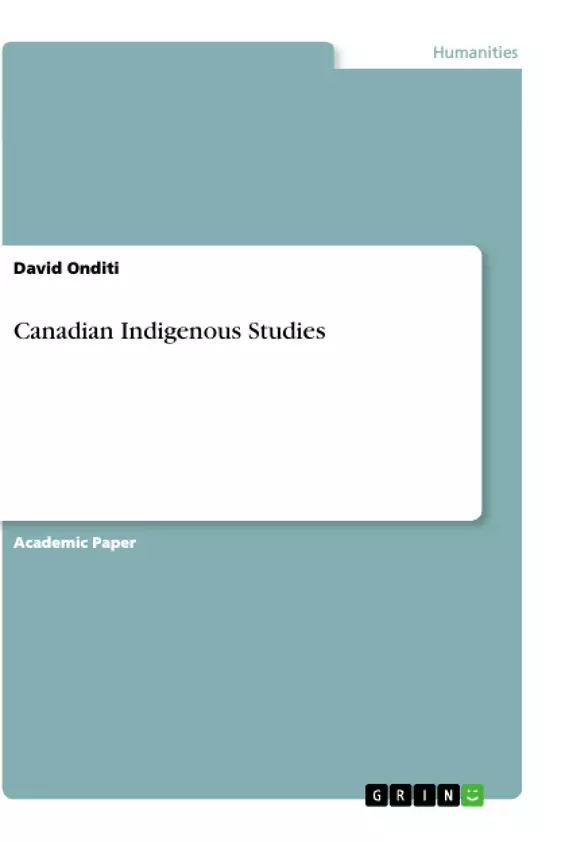The community used in the essay is that found around the University campus of Trent University located in 1600 W Bank Drive, Peterborough, ON K9L OG2, Canada. Trent campus in Peterborough is one of the native territories of the Anishinaabe – a group of Indigenous people who are made up of the Odawa, Ojibwa, Potawatomi, Mississauga, Delaware, Chippewa, and Algonquin communities who had control of the Great Lakes Basin since the early periods of the 1600s. Before the land became known as Peterborough, the name of the area was Nogojiwanong, which means a place at the end of the rapids in the Ojibwa language. The language, which was widely spoken by the Indigenous people in the community, before replacement of the cultural and Indigenous language practices with Christianity and the English language, was Anishinaabemowin. Through the process of land claims and the treaties, the Curve Lake First Nation, Hiawatha First Nation, Mississaugas of Scugog First Nation and Alderville First Nation had established their communities in the Trent campus area. The various nations indicated above officially refer to themselves as the Mississaugas. The community we live in and the lands we live is a homeland to diverse and many Indigenous groups who continue to live in Canada. The main crux of the essay is to research the history of the community as a means of illuminating the Indigenous presence – both historical and contemporary. The essay explores the history of the whole group of the Anishanaabeg in Great Lakes and then delves into the Mississaugas of the Hiawatha First Nation, a sub-tribe of the Anishinaabe speaking First Nations. The essay starts with the history of Aboriginals.
Inhaltsverzeichnis (Table of Contents)
- Canadian Indigenous Studies
- The Anishinaabeg
- The History of the Anishinaabeg
- The Anishinaabeg in the Great Lakes Region
- The Arrival of the Europeans
- The French Colonialism
- The Anishinaabeg Identity
Zielsetzung und Themenschwerpunkte (Objectives and Key Themes)
This essay aims to delve into the history of the Anishinaabeg people, specifically focusing on their presence in the Great Lakes region, particularly around Peterborough, Ontario. The essay explores the complex history of the Anishinaabeg, examining their origins, social structures, and interactions with European colonists.
- The history and origins of the Anishinaabeg people.
- The Anishinaabeg's presence and influence in the Great Lakes region.
- The impact of European colonialism on the Anishinaabeg way of life.
- The importance of kinship networks and doodem in shaping Anishinaabeg identity and social organization.
- The enduring legacy of the Anishinaabeg people in Canada.
Zusammenfassung der Kapitel (Chapter Summaries)
- The essay begins by outlining the historical context of the Anishinaabeg people, discussing theories about their origins and their presence in North America before the arrival of European settlers.
- It then delves into the history of the Anishinaabeg in the Great Lakes region, describing their social organization, their distinct identity, and their interactions with other Indigenous groups.
- The essay further explores the impact of French colonialism on the Anishinaabeg, highlighting the challenges faced by the Anishinaabeg as they encountered European cultures and ideologies.
- The essay examines the role of kinship networks and doodem in shaping Anishinaabeg identity and social organization, emphasizing the importance of these structures in navigating the complex social and political landscape of the 17th century.
Schlüsselwörter (Keywords)
This essay focuses on key concepts such as Indigenous Studies, Anishinaabeg, Great Lakes, colonialism, kinship networks, doodem, and Indigenous identity. It explores the historical and cultural significance of the Anishinaabeg people and their enduring presence in Canada.
- Quote paper
- International Business Management David Onditi (Author), 2019, Canadian Indigenous Studies, Munich, GRIN Verlag, https://www.grin.com/document/537198



